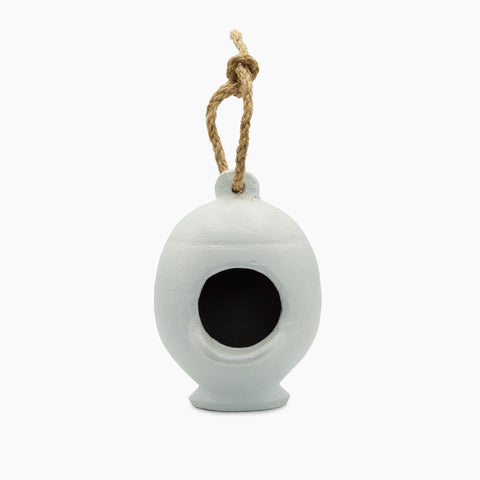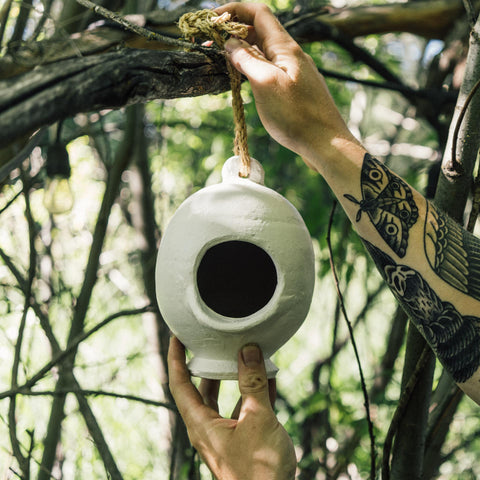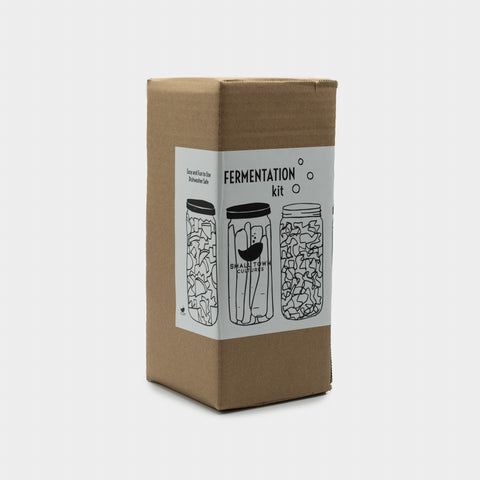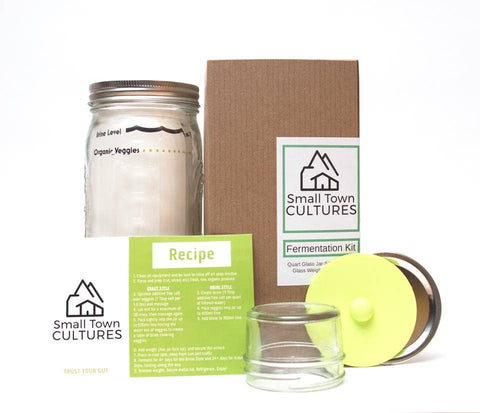How to Transplant Starts to your Garden
While it’s still a little early to transplant all starts, we are ready to get cold & frost hardy starts in the ground!
First thing’s first!
Although it’s easy to get excited and want to directly transplant, there is one necessary step that any gardener should practice to help ensure the success of their crop.
Whether you grew your own seedlings or they were grown at a nursery or greenhouse, all seedlings need time to acclimate & adjust to outdoor conditions before being permanently planted in your garden.
The term for this is called “hardening off” your starts or seedlings. You’ll do this by gradually introducing the tender seedlings to conditions that are more common outside. The seedlings need time to acclimate to things like warmer or cooler weather -as opposed to the stable conditions in which they were grown, wind, and heavier Spring rain. We like to think of “hardening off” as training for your young seedlings, and it also creates physical change within the plant that helps them become hardier and more resilient to the elements!
What Happens When We Don’t “Harden Off” Transplants?
Well, luckily for some of us, depending on the time of year, many nurseries harden off seedlings for us. However, if you’re growing your own seedlings, we recommend that you take this extra step. Without hardening off, young seedlings are susceptible to “transplant shock” which is when a seedling becomes stunted or dies from being exposed to new elements (wind, precipitation, temperature).
When to Harden Off Seedlings:
We harden off our seedlings for at least a few days even if we get them from a nursery… especially if they’re still fairly young... For the seeds we start ourselves, we harden off successionally & specific to the plant-type. For cold hardy seedlings, this happens typically earlier to more mid-Spring, whereas seedlings that aren’t at all cold-tolerant, we wait until later in the season.
How Long does Hardening Off a Seedling Take?
To elaborate a bit, the length of time hardening off takes is specific to the type of plant and its needs. Where we might be hardening off Arugala by mid Spring, we’d wait well into Spring or early Summer to transplant & harden off a plant like a Tomato. They have different needs and tolerances of temperature. The whole hardening off process takes about 7-10 days, depending on your plant and its hardiness level.
Ok! You’re ready to Harden Off our Transplants... We like the gradual approach since it’s accessible to all:
The main goal here is to gradually expose your plants to the elements and to being outside.
We like to start by putting our seedlings outdoors in a sheltered, partially shaded to mostly shaded location for about 2-3 hours the first day. I personally like to put them on the back patio so that way if the weather changes suddenly I can bring them in.
From each day onward, you’ll increase the time by about an hour or two per day. You’ll want to do this in a mild part of the day… meaning “not the heat of the sun” or “the cool of the night” but using those sweet in between hours to start.
At night, you’ll bring the plants back either indoors, a heat-stable garage, or a greenhouse. After 3-4 days have passed and they seem to still be strong, it’s time to introduce them to more light by introducing them to the gentle rays of late morning sun.
You won’t want them to be in the sun the whole time, so at least half of the time should be in the shade. Gradually increase to more and more sun… about 30 minutes each day for the remainder of the days. If your plant is looking especially dry or reactive to the sun, do not increase the days right away and instead let it acclimate. You should be increasing the amount of time to where your plant can be outside for a large part of the day.
If your plant is wilted… that’s ok. It means it’s thirsty and reacting to the elements. This can be a common part of the hardening off process. Just don’t let it stay wilted for too long before giving it a sip of water.
After your 7-10 days of your plant being introduced to the elements, it’s time to transplant! We recommend choosing a cloudy day as it tends to be more mild weather (not too hot, not too cold). Make sure after you transplant to give it some water and continue to be thorough with watering until your plant is well established.
Congratulations! Your plants should be happy & healthy in your garden.
If you have any other gardening questions, please reach out! We’re here to help… if we don’t have the answer ourselves, we’ll do our best to find it for you!



























